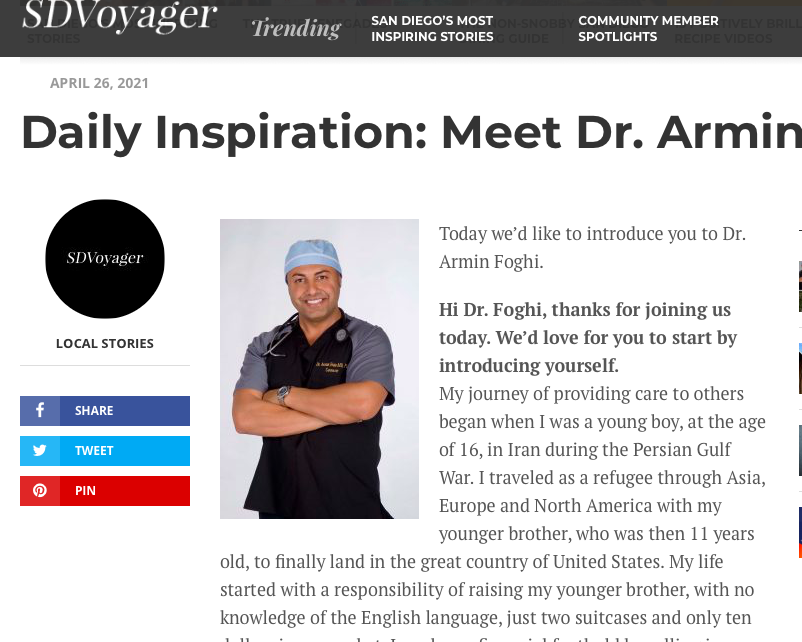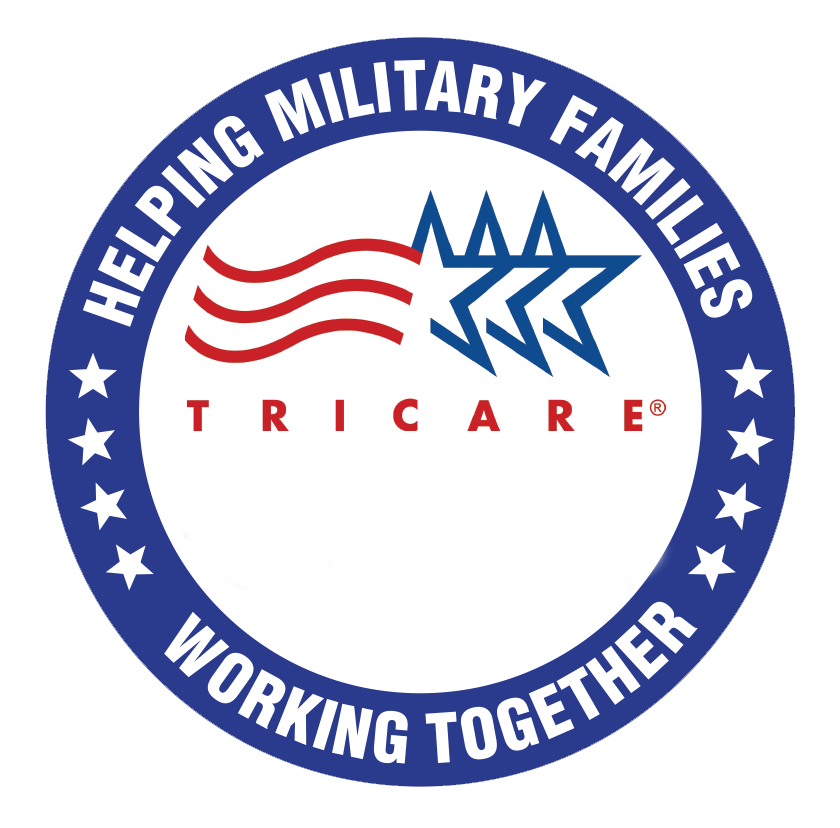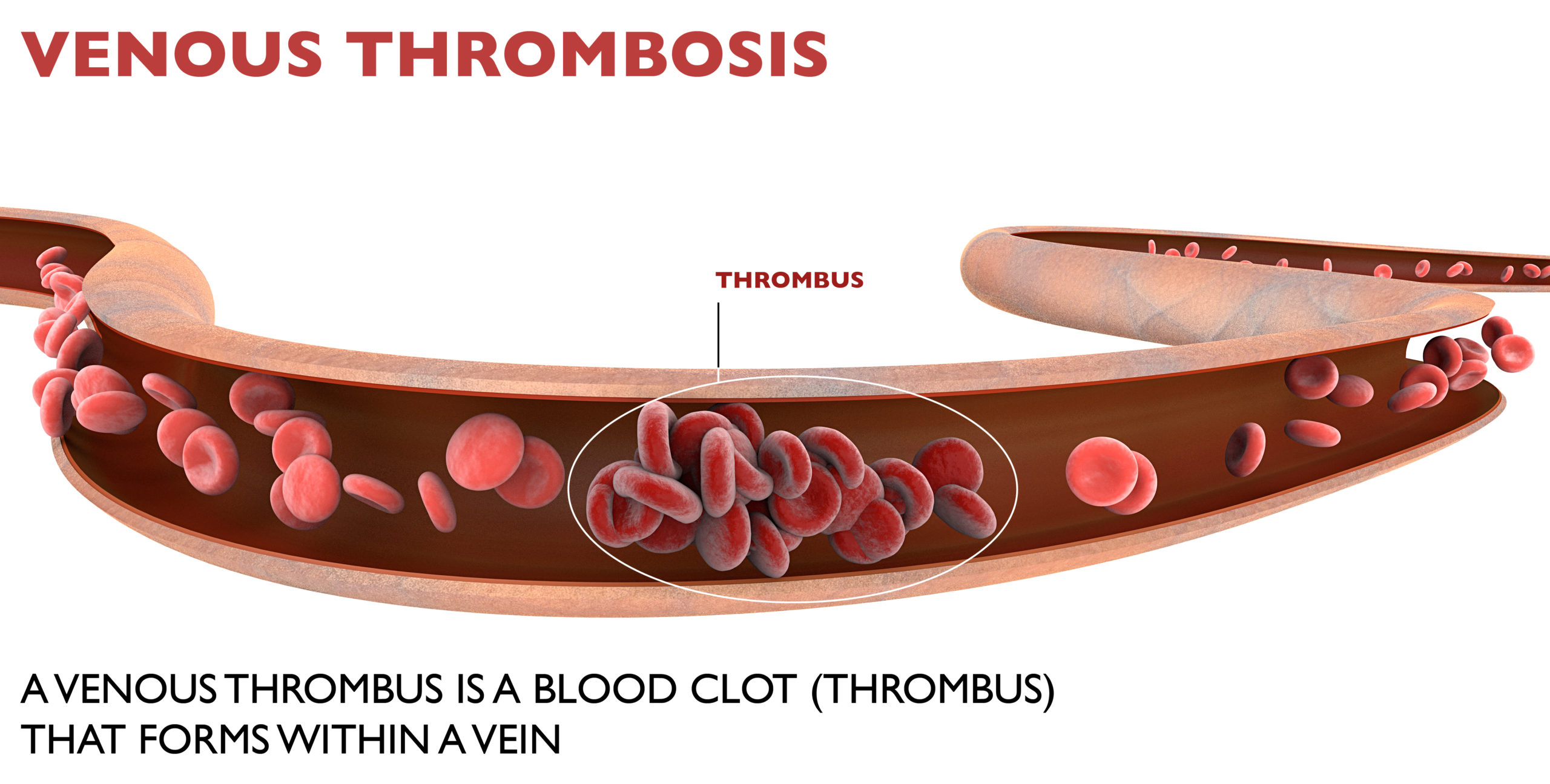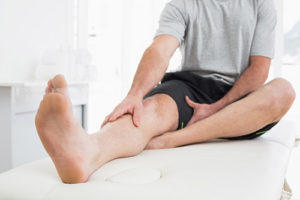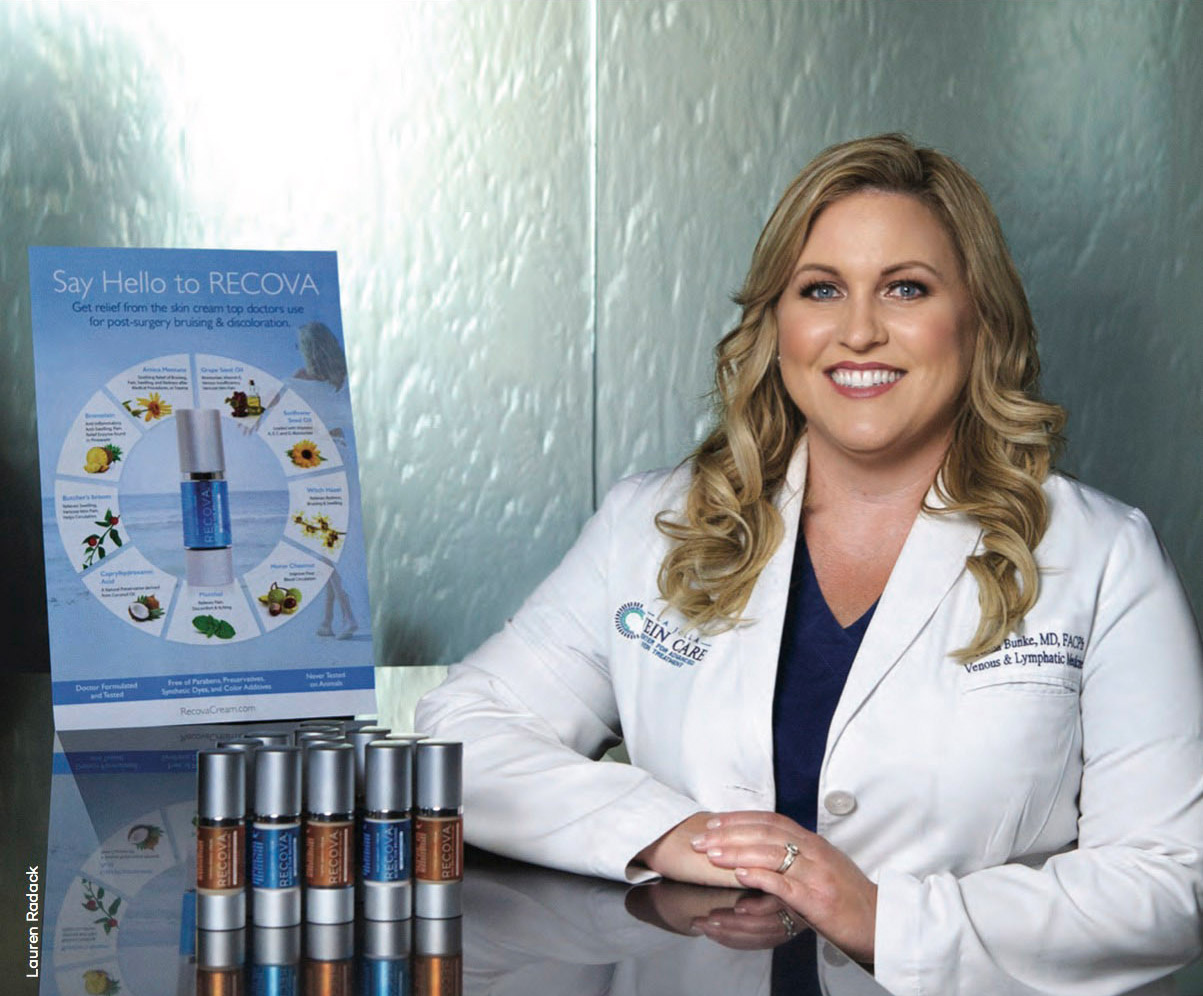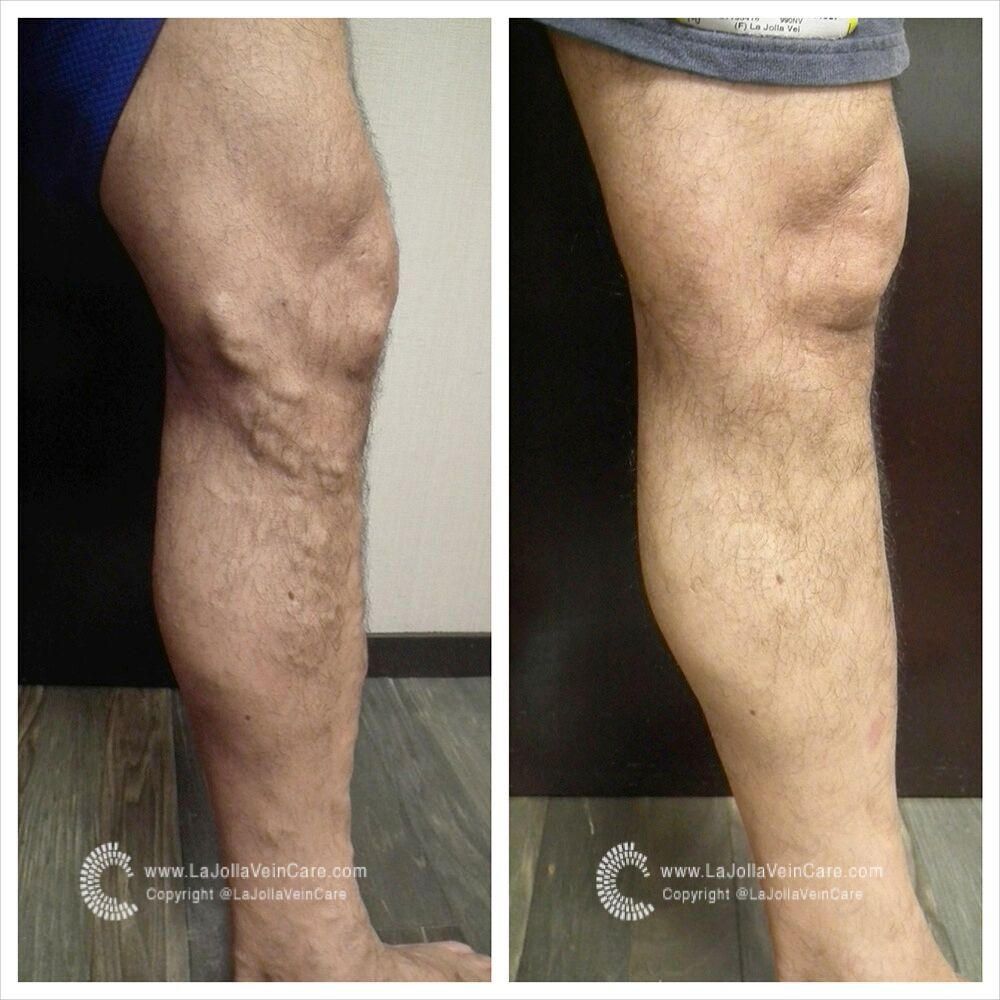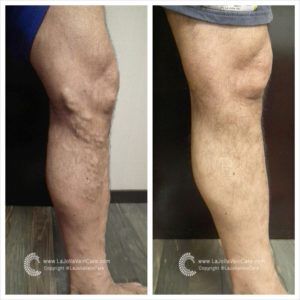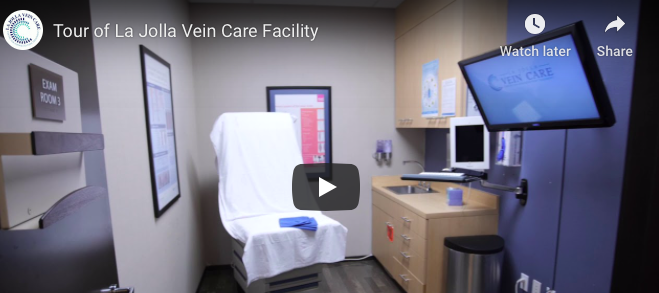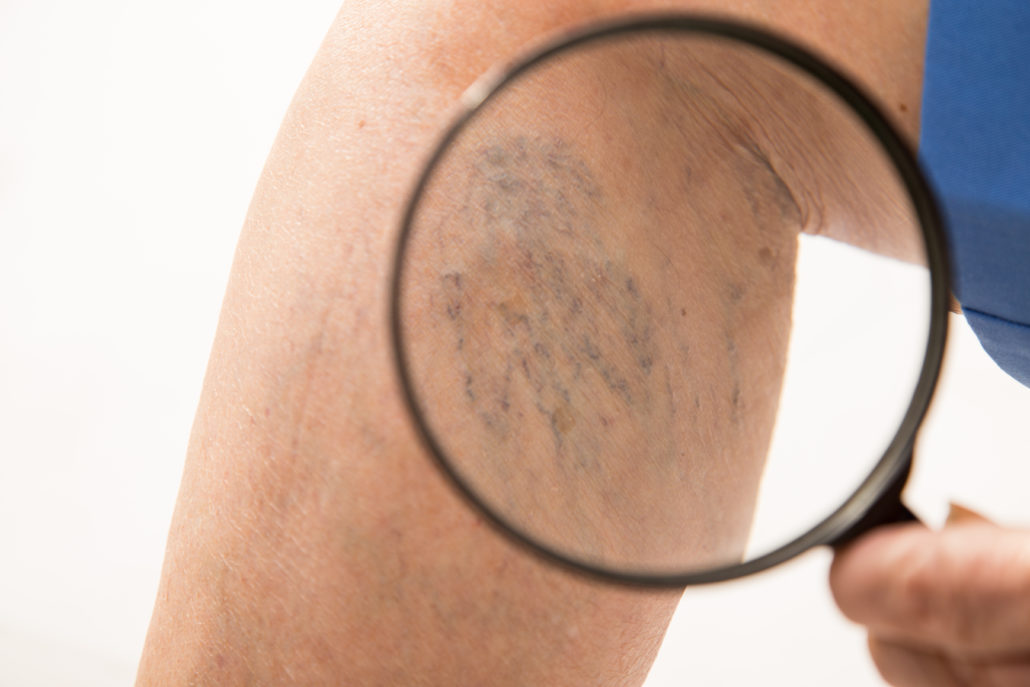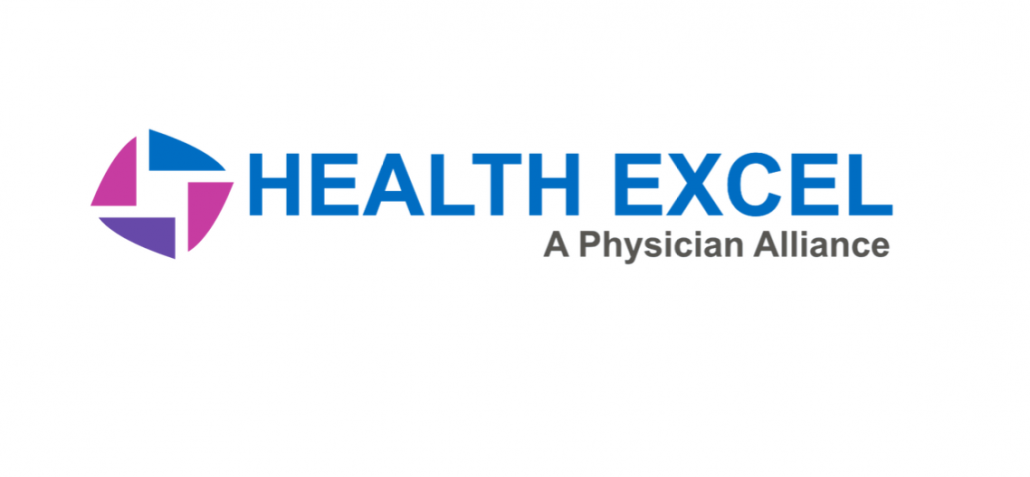Know your patients. You know your patients and what is in their best interest. Use this knowledge to your benefit and market your business and experience to the audience accordingly. If you have patient reviews and testimonials, for instance, learn from them to improve a future service or to boost your practice’s credibility and reputation. Knowledge is power. Take what you know about your patients and use that to reach future individuals who may not have even been aware they needed your service.
Be involved with the management of your team. Patients tend to compliment my staff often, and they say that employee attitudes trickle down from the top. I agree with this, and I have noticed if customer service is not on par, it usually is tied to the top. If there is a staff member who tends to be a little less friendly, maybe it’s because their boss isn’t too friendly themselves.
Research EMR options. This is a must! There are many different types of electronic medical record (EMR) options, some are specialty-specific. I have seen EMRs that are touted but would not be right for my practice because of my documentation preferences and need to incorporate ultrasound and leg images, or inability to utilize text and email appointment reminders, or lack of billing capabilities. All EMRs are very different. I recommend trying different EMRs out before committing to one.
Consider outsourcing billing. I outsourced billing for the first few years of my practice, which is a cost-efficient option for practices starting out. If you choose to do billing in-house, your billing expert needs to be experienced and detail-oriented.
Consider outsourcing HR. For small practices, it doesn’t make sense to hire a full-time HR professional. Instead, we use a professional employer organization (PEO) company to offer employee benefits, facilitate payroll processing, provide risk management resources, human resource consulting, employee training and more.

